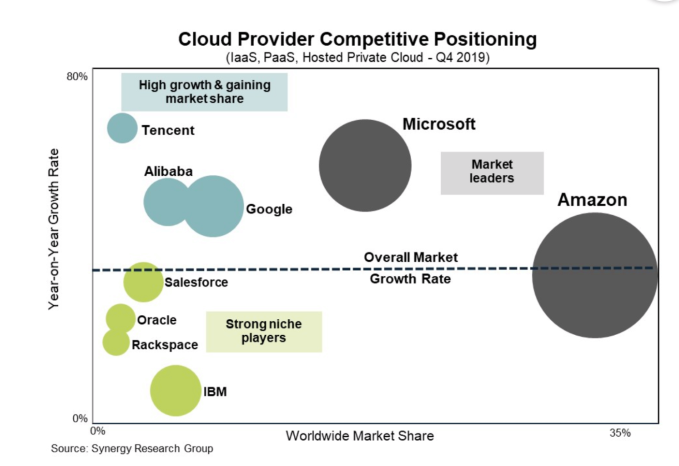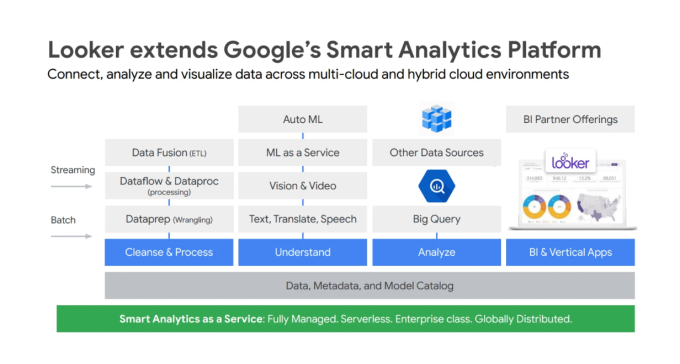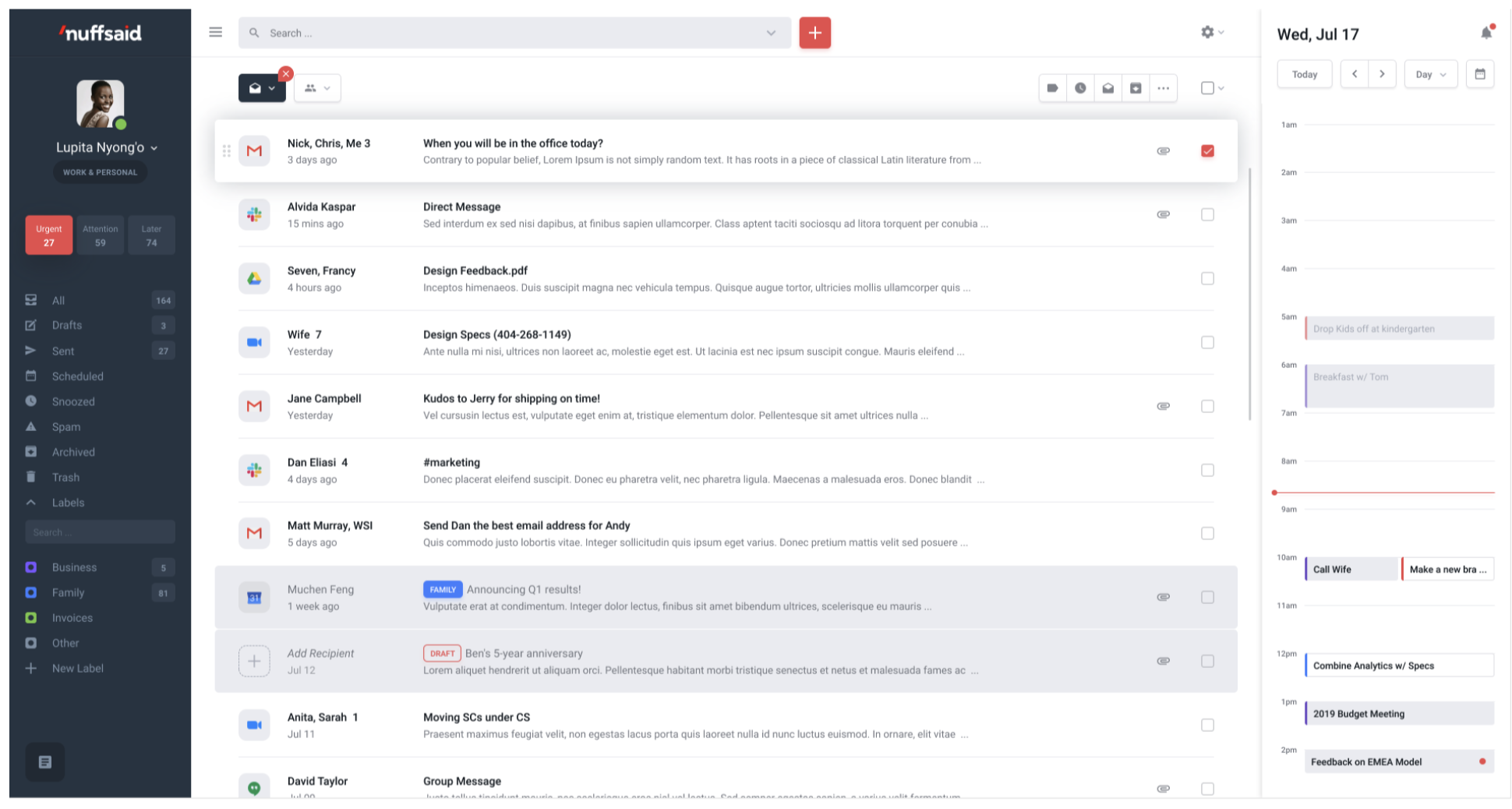Alibaba Cloud revenue reaches $1.5B for the quarter on 62% growth rate
Alibaba issued its latest earnings report yesterday, and the Chinese eCommerce giant reported that cloud revenue grew 62 percent to $1.5 billion U.S., crossing the RMB10 billion revenue threshold for the first time.
Alibaba also announced that it had completed its migration to its own public cloud in the most recent quarter, a significant milestone because the company can point to its own operations as a reference to potential customers, a point that Daniel Zhang, Alibaba executive chairman and CEO, made in the company’s post-earnings call with analysts.
“We believe the migration of Alibaba’s core e-commerce system to the public cloud is a watershed event. Not only will we ourselves enjoy greater operating efficiency, but we believe, it will also encourage others to adopt our public cloud infrastructure,” Zhang said in the call.
It’s worth noting that the company also warned that the Coronavirus gripping China could have impact on the company’s retail business this year, but it didn’t mention the cloud portion specifically.
Yesterday’s revenue report puts Alibaba on a $6 billion U.S. run rate, good for fourth place in the cloud infrastructure market share race, but well behind the market leaders. In the most recent earnings reports, Google reported $2.5 billion in revenue, Microsoft reported $12.5 billion in combined software and infrastructure revenue and market leader AWS reported a tad under $10 billion for the quarter.
As with Google, Alibaba sits well in the back of the pack, as Synergy Research’s latest market share data shows. The chart was generated before yesterday’s report, but it remains an accurate illustration of the relative positions of the various companies.

Alibaba has a lot in common with Amazon. Both are eCommerce giants. Both have cloud computing arms. Alibaba, however, came much later to the cloud computing side of the house, launching in 2009, but really only beginning to take it seriously in 2015.
At the time, cloud division president Simon Hu boasted to Reuters that his company would overtake Amazon in the cloud market within 4 years. “Our goal is to overtake Amazon in four years, whether that’s in customers, technology, or worldwide scale,” he said at the time.
They aren’t close to achieving that goal, of course, but they are growing steadily in a hot cloud infrastructure market. Alibaba is the leading cloud vendor in China, although AWS leads in Asia overall, according to the most recent Synergy Research data on the region.
![]()



